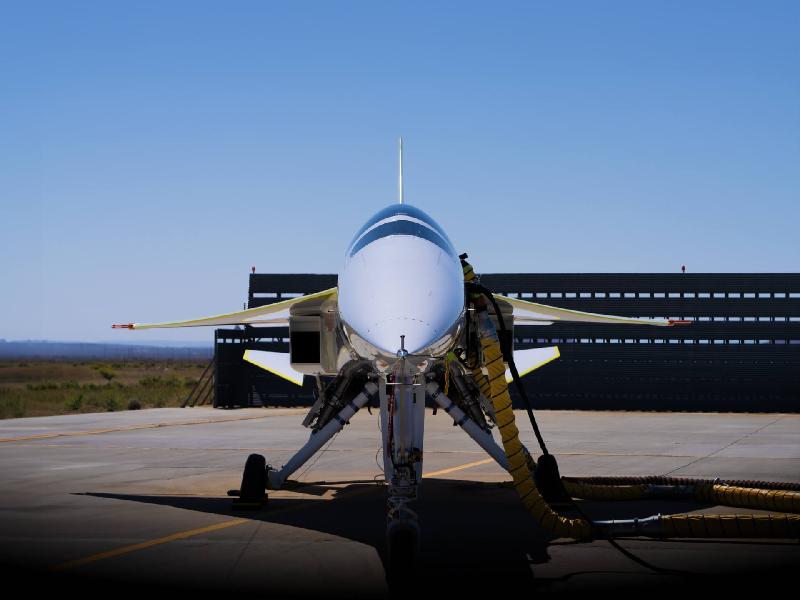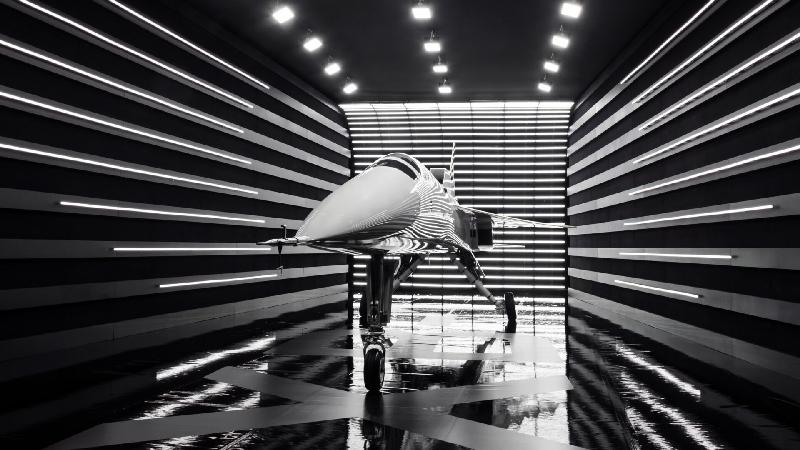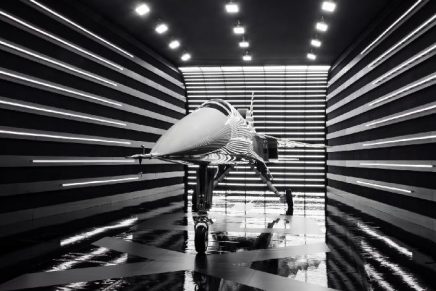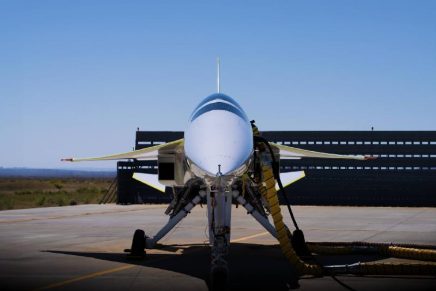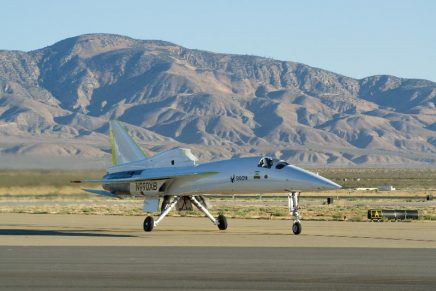Boom Supersonic Advances Flight Preparations for XB-1.
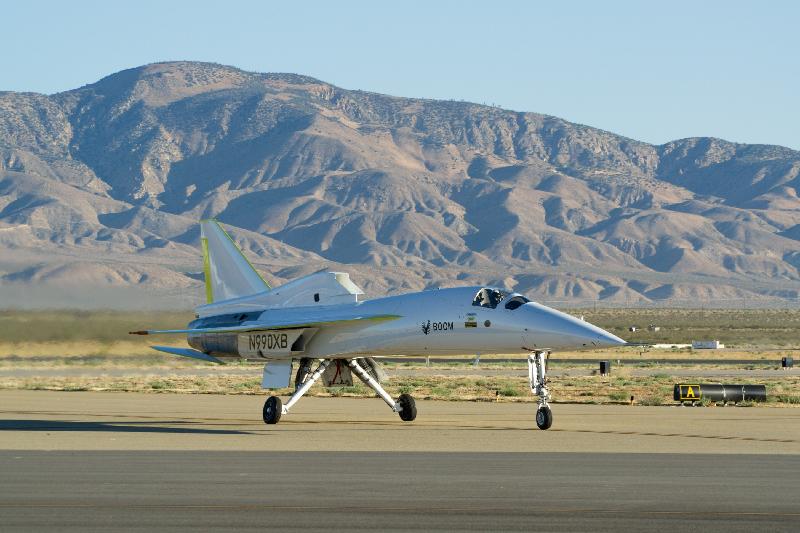
@Boom Supersonic XB-1 has undergone extensive ground testing since arriving, including taxi testing this week at the Mojave Air & Space Port in Mojave, California.
The dream of supersonic travel, once the hallmark of aviation’s golden age, is inching closer to reality as Boom Supersonic advances flight preparations for its groundbreaking XB-1 technology demonstrator aircraft. This marks a significant milestone towards the company’s ultimate goal of creating the world’s fastest airliner, Overture, and revolutionizing commercial air travel.
A Historic Journey Begins
XB-1, the technology demonstrator for Boom’s audacious vision, has successfully completed several key milestones, bringing the dream of sustainable supersonic travel one step closer to the skies. This project leverages six decades of aviation progress, incorporating cutting-edge technologies like carbon fiber composites, advanced avionics, and digitally-optimized aerodynamics to make supersonic travel sustainable.
Earlier this year, XB-1 was moved from Boom’s hangar in Centennial, Colorado, to the Mojave Air & Space Port in Mojave, California, setting the stage for the final preparations before flight. Since its arrival, the aircraft has undergone extensive ground testing, including recent taxi tests.
Blake Scholl, Founder and CEO of Boom Supersonic, expressed his enthusiasm for the team’s collective efforts in building and safely flying the world’s first independently developed supersonic jet.
Regulatory Milestones and Test Pilots Ready
Notably, XB-1 recently received an experimental airworthiness certificate from the Federal Aviation Administration (FAA), following a meticulous aircraft inspection. The company has also secured letters of authorization permitting Chief Test Pilot Bill “Doc” Shoemaker and test pilot Tristan “Gepetto” Brandenburg to take XB-1 to the skies. Additionally, letters of agreement with airspace authorities are in place, allowing for flights over the Mojave desert, where aviation history has been made before.
It’s worth noting that XB-1’s maiden flight will occur in the same airspace where legendary aviator Captain Charles “Chuck” Yeager first broke the sound barrier in the Bell X-1 and where the Mach 3+ strategic reconnaissance SR-71 “Blackbird” first took flight in 1964.
Safety First: Learning and Preparation
XB-1 has not only paved the way for supersonic travel but also offered invaluable learning opportunities for Boom Supersonic. Safety has been at the forefront of this endeavor, with test pilots dedicating hundreds of hours to simulator training, human factors assessments, and operations development. Maintaining flight proficiency in a T-38 trainer aircraft, the same aircraft that will chase XB-1 during flight tests, further ensures safety.
Bill “Doc” Shoemaker, Chief Test Pilot for Boom Supersonic, emphasized the significance of Mojave Air & Space Port as the launch site, citing its history of hosting over 50 first flights and other significant aviation events.
Cutting-Edge Design and Performance
XB-1 boasts a carbon composite and titanium fuselage measuring 71 feet in length. Its ogive (modified delta) wing enables safe operation during takeoff, landing, and supersonic flight. Powering this marvel are three General Electric J85 engines, collectively producing a maximum thrust of 12,300 pounds of force (lbf).
Throughout its development, XB-1 has validated Boom’s innovative approach to airplane design, allowing engineers to harness advanced tools like computational fluid dynamics (CFD). These components are instrumental in the development of Overture, Boom’s sustainable supersonic airliner, which aims to achieve Mach 1.7 speeds, approximately twice as fast as today’s fastest airliners, while running on 100% sustainable aviation fuel (SAF).
As XB-1 takes flight, it carries with it the hopes and dreams of a new era in commercial aviation. Boom Supersonic’s pioneering spirit and dedication to pushing the boundaries of what’s possible in air travel are poised to reshape the future of flying, making supersonic travel not just a part of history but a thrilling reality for generations to come.

